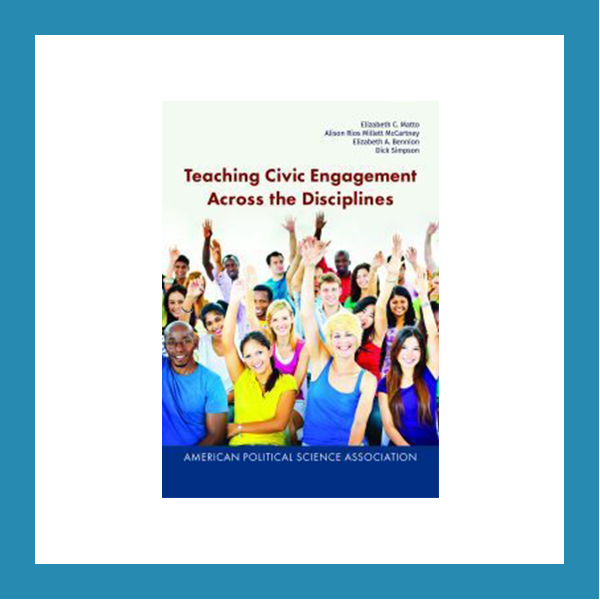By Brett Whitaker
Abstract
In the Global Studies Reader, 2nd Edition, editor Manfred Steger offers an excellent compilation of 20 articles that address the varied and complex nature of global issues that are of concern today. Global studies (GS) has, according to Steger (2015), “emerged as a vibrant field of academic study that cuts across conventional disciplinary boundaries and subject markers” (p. 3). Within this book, Steger addresses GS from a problem-centered perspective and contrasts it to its more traditional academic cousin, international relations (IR). While IR is concerned almost solely with the actions of the state, Steger argues that GS goes beyond that to also look at social, environmental, and contextual (gender, poverty, etc.) problems with a much greater focus on applied public policy.

In the Global Studies Reader,2nd Edition, editor Manfred Steger offers an excellent compilation of 20 articles that address the varied and complex nature of global issues that are of concern today. Global studies(GS)has, according to Steger (2015), “emerged as a vibrant field of academic study that cuts across conventional disciplinary boundaries and subject markers” (p. 3).Within this book, Steger addresses GS from a problem-centered perspective and contrasts it to its more traditional academic cousin, international relations (IR). While IRis concerned almost solely with the actions of the state, Steger argues that GS goes beyond that to also look at social, environmental, and contextual (gender, poverty, etc.) problems with a much greater focus on applied public policy.To frame these widely divergent topical areas, Steger offers four “prisms” with which to view GS: globalization, transdisciplinary framing, spatial, and the critical prism. The first three of these are conceptual frameworks that guide the type of inquiry and issues that GS is concerned with addressing. The last, the critical prism, is a conative perspective that encourages GS scholars, as well as the reader, to maintain a healthy critical outlook on issues related to GS. This is also the frame that Steger contends helps promote “global citizenship” by encouraging students to think about their own cultural blind spots and limitations in knowing the world, even as they take a social justice or activist approach to addressing complex challenges.With these framing perspectives in mind, Steger moves quickly to the articles themselves. The 20 GS articles in this volume are organized into four broad categories: politics and societies;economies and technologies;cultures and histories;and spaces and environments. The first section contains articles that are broad and conceptual in nature, while the remaining three offer more specific manifestations of the GS issues through individual case,studies. In particular, the excellent first two chapters, Five Meanings of Global Civil Society by Mary Kaldor, and Framing Global Governance, Five Gapsby Ramesh Thakur and Thomas Weiss, are particularly adept at framing the type of global playing field upon which any specific topic must be considered.Using The Global Studies Reader in a Classroom GS, by its very nature, addresses divergent and wide ranging issues. As such, it can be difficult to find books and materials that offer the breadth of topics that may be useful in a GS classroom environment. This text is likely to be very applicable in courses focused on GS, contemporary or problem-based IR, global challenges, social justice, civic leadership or global civil society.Despite being a broad reader, the chapters in this text are in-depth considerations of each topic and the language and examples used are not elementary. Consequently, this book may not connect particularly well with younger students or those who lack familiarity with global issues. Each article is presented with minimal editorial intervention, and few introductory or concluding comments save for some reflective questions at the beginning of each section and a reading guide at the end. For the student who is just beginning to be exposed to topics of a global nature, this could prove to be overwhelming or confusing, and the student might lack the context to connect these divergent issues.The exception is the introduction, which could very service ably be used as a brief introduction to thinking about global studies and the conceptual lenses for viewing global issues.The book format will be ideal for use in an upper-division or graduate classroom, particularly in a seminar format that allows for ample discussion and reflection over these essays. Because these articles are presented directly, judicious use of the text in these types of environments may help develop students’ critical thinking and their ability to assimilate divergent information into complex models.The chapters in this book could very well be used as a starting point for fruitful and deep conversation about the topics and challenges humanity faces as we consider the multi-faceted aspects of GS.


